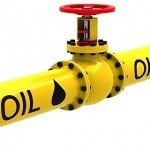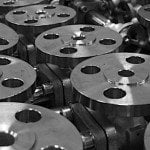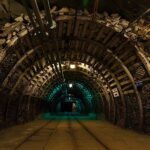No one technology can “save the earth” but, since carbon dioxide emissions are one of the major causes of climatic change, Carbon Capture and Storage (CCS) remains one of the most promising tools in the fight against global warming. The technology is proven, but holding back it’s wider implementation is cost and infrastructure issues.
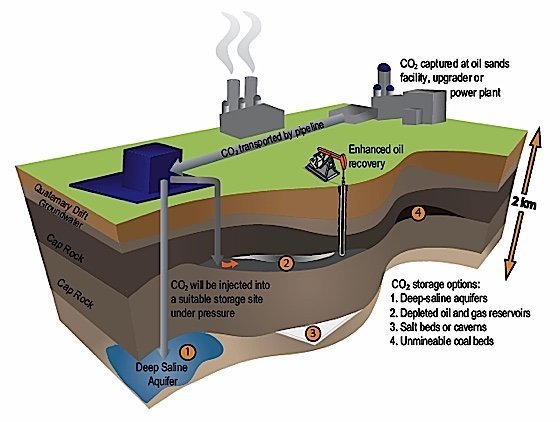
According to a roadmap from the International Energy Agency:
” CCS could reduce CO2 emissions by up to 4.0 gigatonnes (Gt) annually by 2050 in industrial applications, accounting for about 9% of the reductions needed to halve energy-related CO2 emissions by 2050. To achieve this target, 20% to 40% of all facilities need to be equipped with CCS by 2050.” [6]
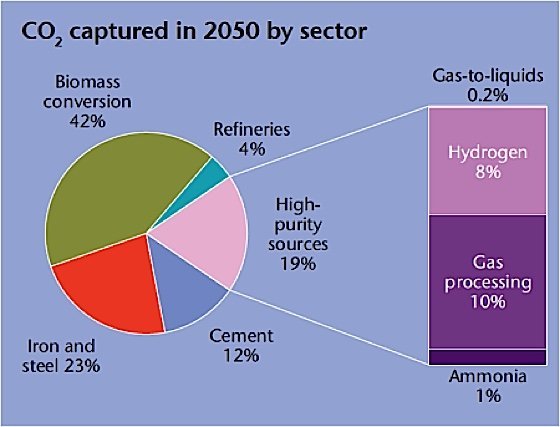
What is Carbon Capture Storage?
Carbon capture and storage or CCS is not just one technology — it’s a wide range of technologies that allow us to capture carbon dioxide from different sources, especially from large scale industries where, because of the burning of fossil fuel, emissions are high. This captured carbon dioxide can then be transported to a different geological location where they can be stored safely instead of being emitted into the atmosphere [1].
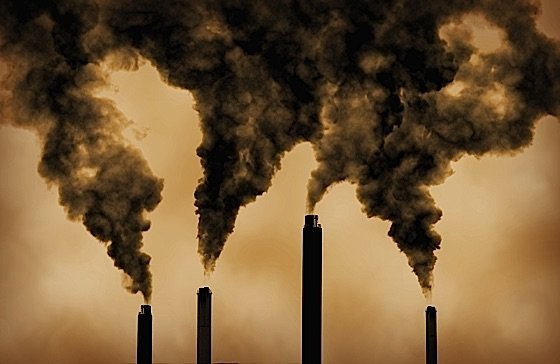
The burning of fossil fuel for electricity generation and industrial processes are one of the major contributors to the carbon dioxide emissions in the world. With the usage of CCS technology, we can capture up to 90% of the carbon dioxide emitted because of burning fossil fuels [2]. This can have a very large impact on our environment in the upcoming years, as much as a 4.0 gigatonnes (Gt) annual reduction according to the roadmap of the International Energy Agency.
How Does CCS Work?
There are three major steps that are involved in CCS process: capture, transportation and storage. These steps are briefly described below:
Capture
The capture process of carbon dioxide is generally divided into three categories, namely, flue gas separation, oxyfuel combustion and pre-combustion separation. All of these technologies have pros and cons associated with them and have technological and economic constraints. The flue gas separation is being used at almost 12 sites throughout the world. The capture process is based on chemical absorption and the absorbed gas can then be used in different industries. In the oxyfuel combustion process the fossil fuel is combusted into oxygen rich environment. Thus, the flue gas consists mostly of H2O and CO2 vapors. From this gas, water vapors are condensed and CO2 is compressed and piped. Capturing CO2 before combustion has various advantages and is often considered the best option. [3]
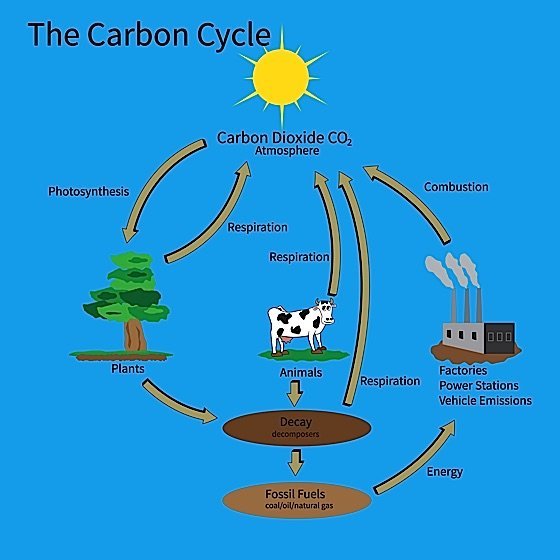
Transportation
This captured carbon dioxide gas is then transported in the compressed form by either pipelines or large ships. Using ships is considered safer because in pipelines there is always a danger of leakage Millions of tons of CO2 are already being transported through ship worldwide because of its usage in different industries [2].
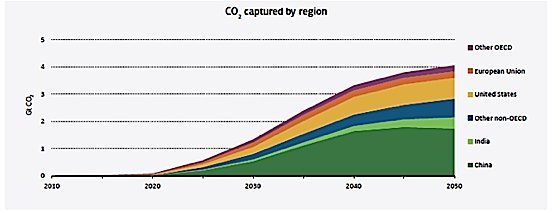
Storage
This is the most important step of the whole process. There are various kinds of carbon dioxide storages but geological and oceanic storage are the most popular forms. In geological storage, the captured CO2 is injected directly into carefully selected geological locations. It is the only option that has been tested and is being used commercially, especially in oil and gas sector.
The ocean is also a strong candidate for carbon dioxide storage. The carbon levels in the ocean are 50 times greater than that in the atmosphere. As the water on the surface of the ocean releases carbon dioxide back into the atmosphere the storage of carbon dioxide should be deep enough to avoid it from being released back into the atmosphere.
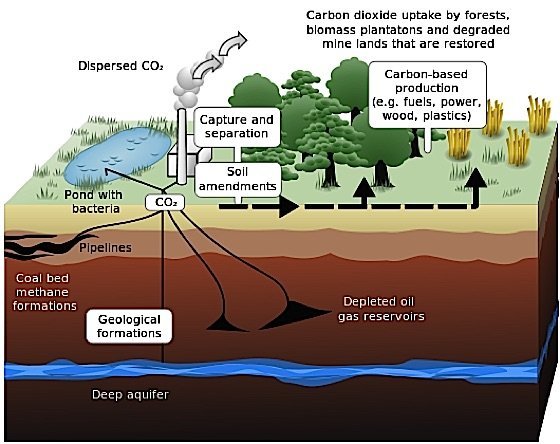
Challenges and Cost Constraints
Like all other climate change options, there are a few constraints and challenges associated with the CCS technology. The costs of CCS must be lowered to make this a commercial success, otherwise this technology will be disregarded by the industries [4]. The two major challenges of CCS are briefly discussed below.
Improbable infrastructure and allocation
The biggest problem that we will face in CCS is the lack of storage space that will be required for the safe storage of captured carbon dioxide. To safely secure the captured carbon dioxide we will need a volume almost 10 times greater than that is being used for oil storage in today’s oil and gas industry. To make such a large storage facility will be a great challenge [5]. Another issue that we will observe is that who will allocate the such a large land space for storage? No industry will be willing to spend so much more on something that they cannot even profit from.
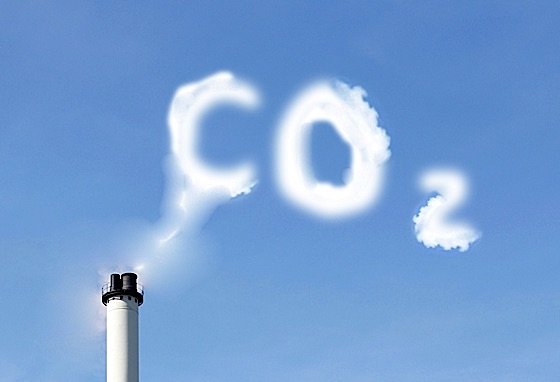
Economics
This is one of the major question marks on the implementation of this technology. Buying the necessary equipment and infrastructure will be pricey and many industries, especially those that are not very large and profitable will not be able to afford it. Compared to capture, the cost of storage and transportation is lower, but the cost of capture alone will reduce the efficiency and profit of many industries [5].
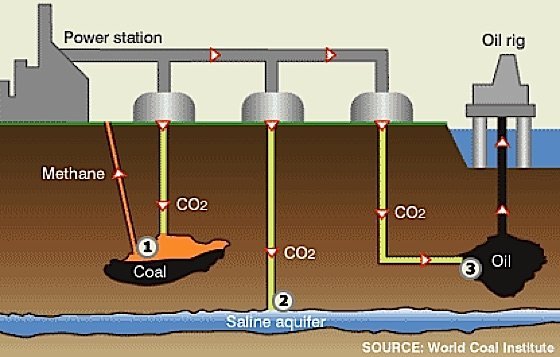
Bibliography
[1] J. Gibbins, “Energy Policy,” in Energy Policy, ELSEVIER, 2008, pp. 4317-4722.
[2] “Carbon Capture and Storage Association” . [Accessed 30 April 2017].
[3] H. H. a. D. Golomb, “Carbon Capture and Storage from,” Massachusetts Institute of Technology.
[4] “Clean Air Task Force,” [Online]. [Accessed 30 April 2017].
[5] D. E. Sherman, “ENERGYDESK,” 16 May 2013. [Accessed 30 April 2017].


